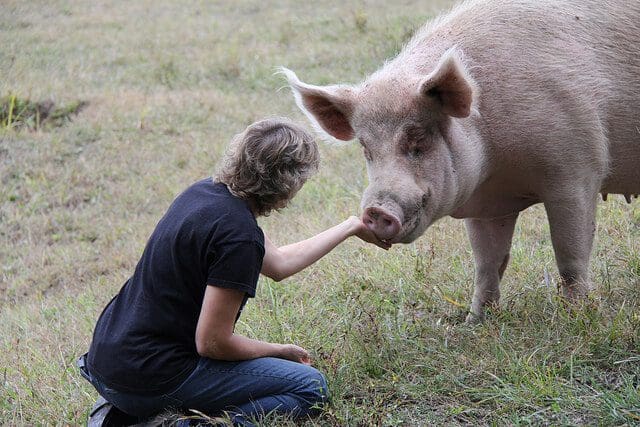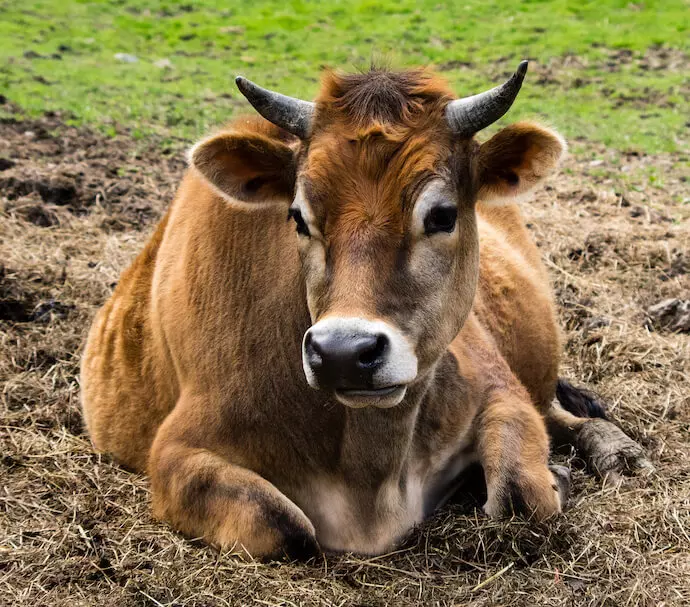
10 Steps to Take Before You Even THINK About Opening a Sanctuary (Part 2)
Last week, we discussed opening a sanctuary— what it takes and what you need to think about before you get started. If this is truly your path in life, there are some major considerations to mull over. Read last week’s first 5 tips if you haven’t already— and grab a mug of coffee and get ready to jump back into the sanctuary world:
6. Recognize that there’s not a formula to any of it!
I’m always asked, “How did you get the money?” as if there’s a single approach. Nope. There are a zillion approaches. A couple suggestions, though: have diverse income streams from the get-go, and do not go into debt. The same is true for the rest of your operation: don’t look to copy established sanctuaries. Learn from us… and no more. Your approach must reflect your unique vision and skill set.7. Make a list of your strengths and weaknesses, and staff accordingly.
I can’t organize much more than a place setting. I have a terrible memory. I lose things. But I know these things about myself, so one of first folks we put into place was a crackerjack business manager—a woman who organizes her sock drawer not only by color but by shade. It’s vital to leverage your strengths in your fledgling endeavor; it’s vital to recruit folks who are strong where you stink.8. Start small and stay small.
You’ll be overwhelmed. Exhausted. You’ll make mistakes. Give your sanctuary the important gift of staying small in your early years. Otherwise, too overwhelmed and exhausted by too many animals, you’ll miss the opportunity to learn from those mistakes.9. If you’re not a manager, get one!
Before I realized this about myself, I caused a great deal of unnecessary operational stress. Other sanctuaries echo this phenomenon. Management is a skill that sanctuaries must master if they’re in for the long haul, so if it ain’t your thang, find a skilled manager and bring them on to set up and oversee the internal processes and procedures that are so important for keeping your staff and volunteers happy.10. Be resilient.
Laugh. Maintain your friendships. Hike. Sing in the shower. Read. In other words, don’t drop all else that matters to you. This work will draw on reserves you didn’t know you had. Take care of yourself. It won’t be easy, but do it anyway, for yourself and for the animals. I’m happy to discuss any of the above in much greater depth. Just ask a question! Finally, friends, check out Farm Sanctuary’s Animal Care conference in September: an in-depth look at the “how” of it all. And if you think Catskill might be a good fit, there may just be a spare bed in the intern house this summer. Onward!*Director's Corner, A Day in the Life
TagsComments are closed.






Thank you for the info